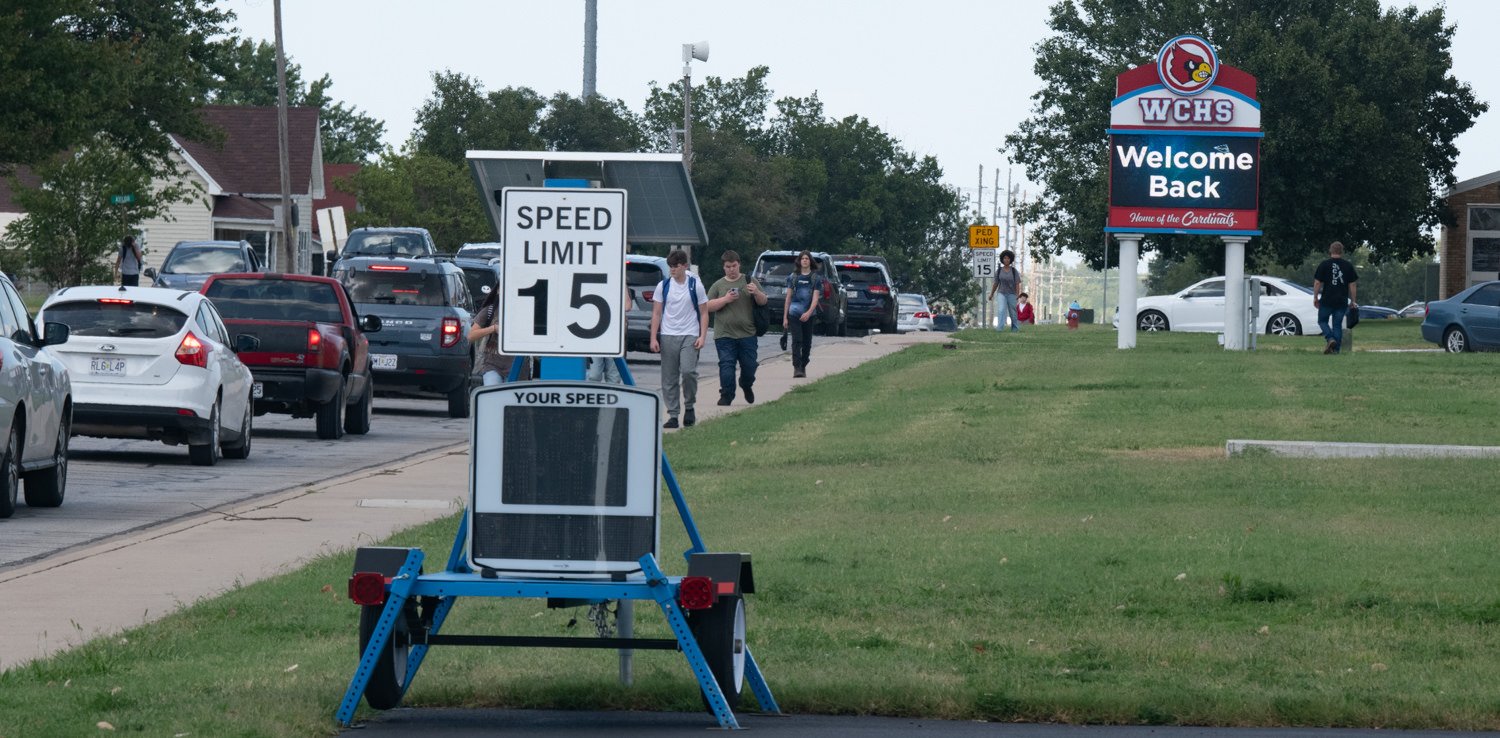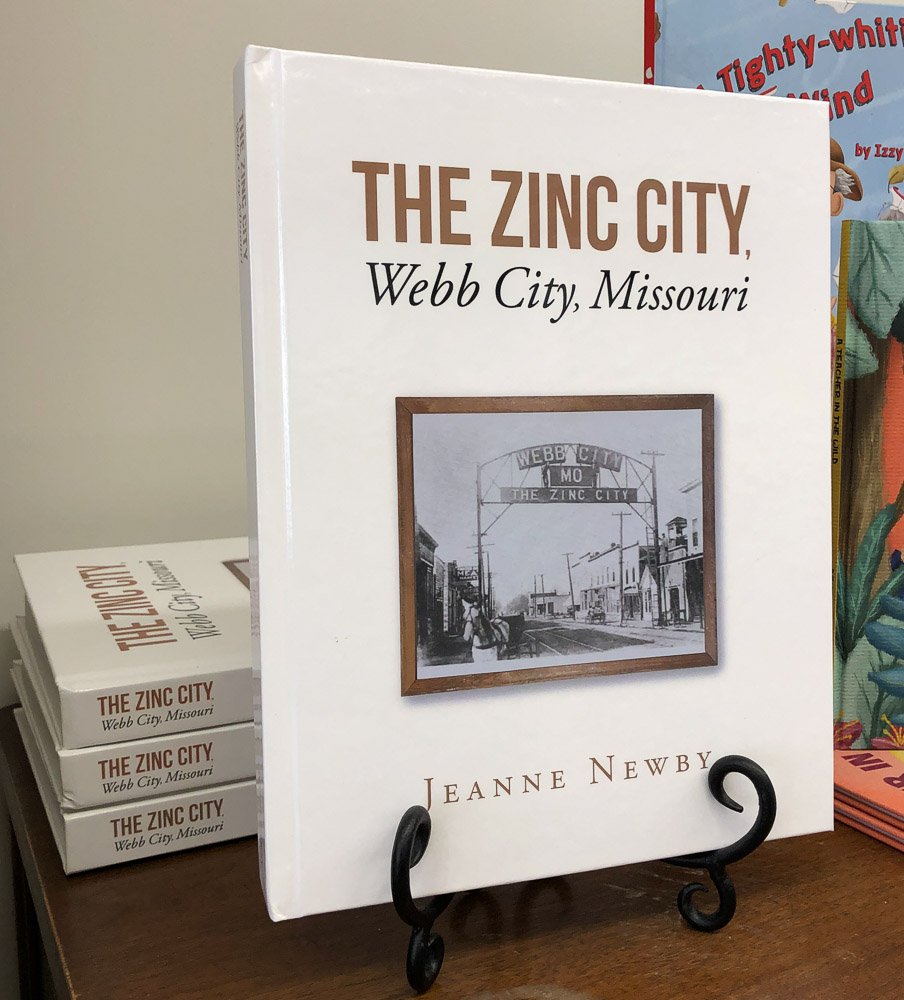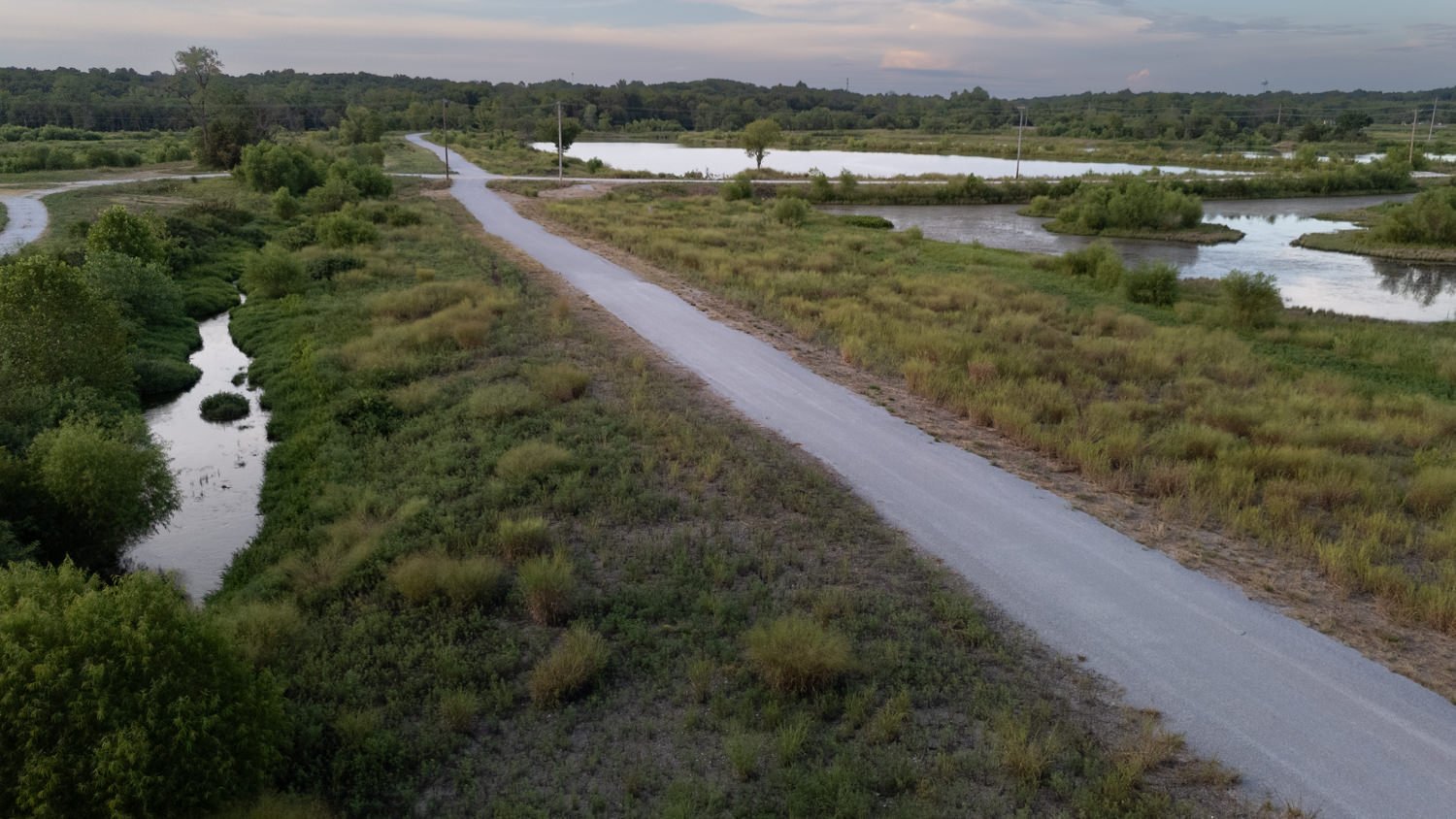
As changes occur in our city, we occasionally have a rough time adapting to those changes. As highways have been established and houses moved, folks would often say, I remember when that house was there before it was replaced by MacArthur Drive. Those folks have moved on, and the newer generation thinks MacArthur Drive has always been there, and they don’t know about the changes that were made.
In your mind, can you imagine the changes that John C. Webb witnessed as he watched the new town of Webb City (Webbville) come to life? One young man, Lon Ashcraft recalls that when his family arrived in this area in 1875, they were burning the prairie land getting ready to build the town.
E.E. Spracklen said his earliest memory of the town was no trees, only prairie, except for John C. Webb’s orchard. Webb’s log cabin was one of the first changes. It was torn down, as the new city was built in the exact location of the log cabin.
So try to imagine the intersection of Webb Street and Broadway. You know the one where Broadway makes right-angle turns, going north/south along Webb Street for just a short distance. There on the northwest corner, where the Wagner Building stands (formerly home of the Elk’s Club), is where John C. Webb’s log cabin stood surrounded by prairie land. He had farmed for many years and after the layout of the city was planned, the log cabin was gone. Progress was in the making.
Spracklen also recalled that the only way out of town to the south was through a farm fence. Of course there wasn’t a road to Joplin then. To travel to Joplin, you went west and turned south along what would become Joplin’s North Main Street. It was a muddy road, but it got a person from Webb City to Joplin.
Those who traveled north to Oronogo were in mud, and the trip took a long time. Harry B. Hulett said he remembered his first view of Webb City in 1877, as he traveled in the mud to get to the Buffalo Hotel on Webb Street facing Broadway (which at the time was called Joplin Street). He said he looked out the window of the hotel and all he saw was a handful of buildings. He stayed to see the town grow.
Just to the north of Webb’s log cabin on Webb Street is where they built Webb’s new house, at 120 N. Webb Street. While his brick house (the first brick house in the new city) was being built, he lived in a small frame house that had been built where the Cardinal Scale office now stands. His new home took some time to build, as bricks were imported. Across the street, in the former Route 66 service station, which is now the chamber of commerce office and tourist center, is where they built the first brick commercial building, the first home of the Webb City Bank, established (1882) by John C. Webb and his son, E.T. Webb.
That brick building had counters made of walnut. They were lined inside with quarter-inch steel and armed with revolvers, handy to resist robbers, as told by E.T. Webb. He also said the neighboring stores had shotguns handy to greet any would-be robbers.
There was constant hammering and sawing as the town grew daily. Changes were being made, but the new citizens were pioneers who came to the area to be a part of the growth of a new town.
And Webb City has continued to grow for the past 138 years. There are always changes being made in the name of progress. We see new houses and new businesses, and only a few can remember what “used to be” in different locations.
We don’t have a volunteer fire department; we have a first class fire department. We don’t have a sheriff and a deputy; we have an impressive police department ready to defend and maintain the law. We have one of the best school districts in the area. Businesses in Webb City continue to grow.
It reminds me of an article in 2005 where I asked readers to tell what they liked about Webb City. Some of the comments were, “I like the hometown atmosphere with a newspaper that adds to the hometown feeling.” “I like the friendly people.” “I like that the most successful man in town stands in line before a football game – just like everyone else. And he doesn’t seem to mind.” “The city boards are manned by volunteers.” “I like that if I was stranded along side the road, at least 10 cars would stop to offer help.” “Webb City is a great city! It has good schools, good parks, good people, and if they ever get a water park…they’ll be even better!” “Webb City jumps in to help when needed. Remember when the band went to the Rose Bowl Parade? As the band members worked to fund their trip, the businesses, the citizens, the organizations, and the leaders united to help.” “I like the wonderful people of Webb City who stop and talk to you at Walmart, the post office, the banks; it is just a great place to live.”
Evidently, from those comments, we have a great town, and to be great we have to put up with changes for progress. Even if it includes changes in traffic patterns, trees disappearing, old being torn down to make room for new, and constant sounds of construction, we know it is for the good of our city.
Webb City… We love it here!




